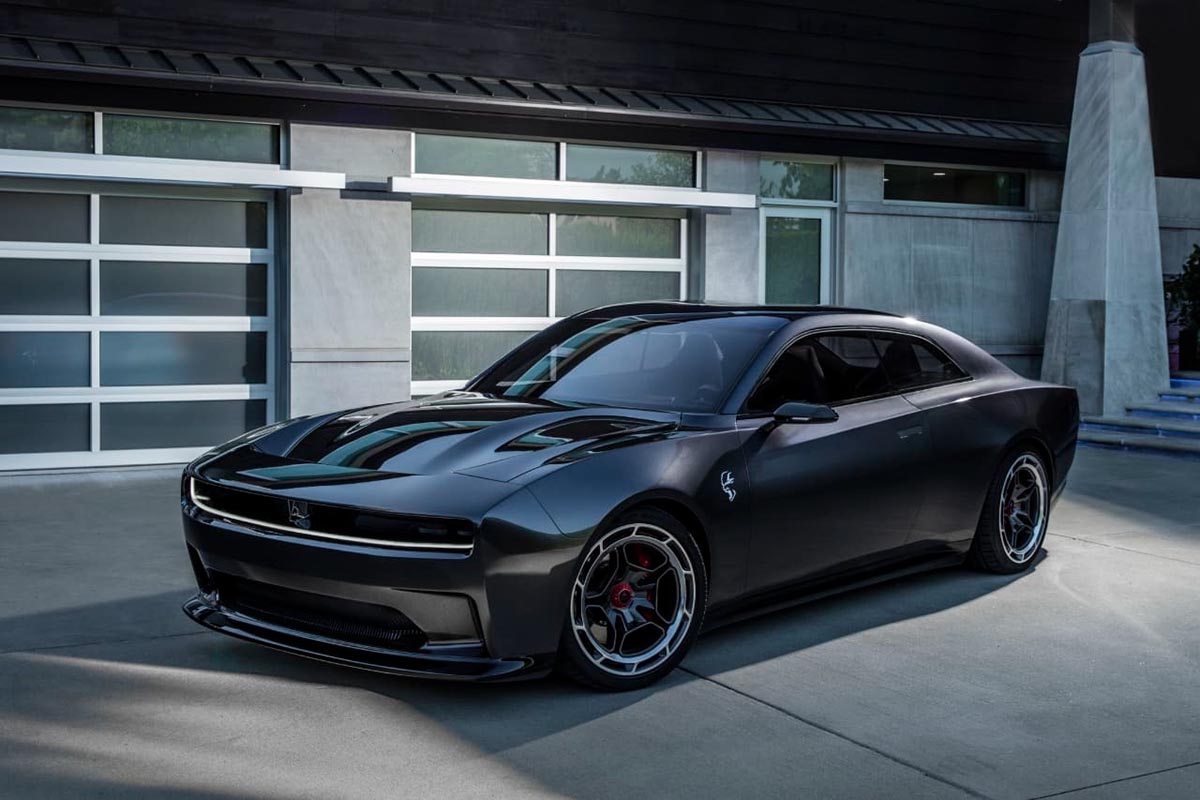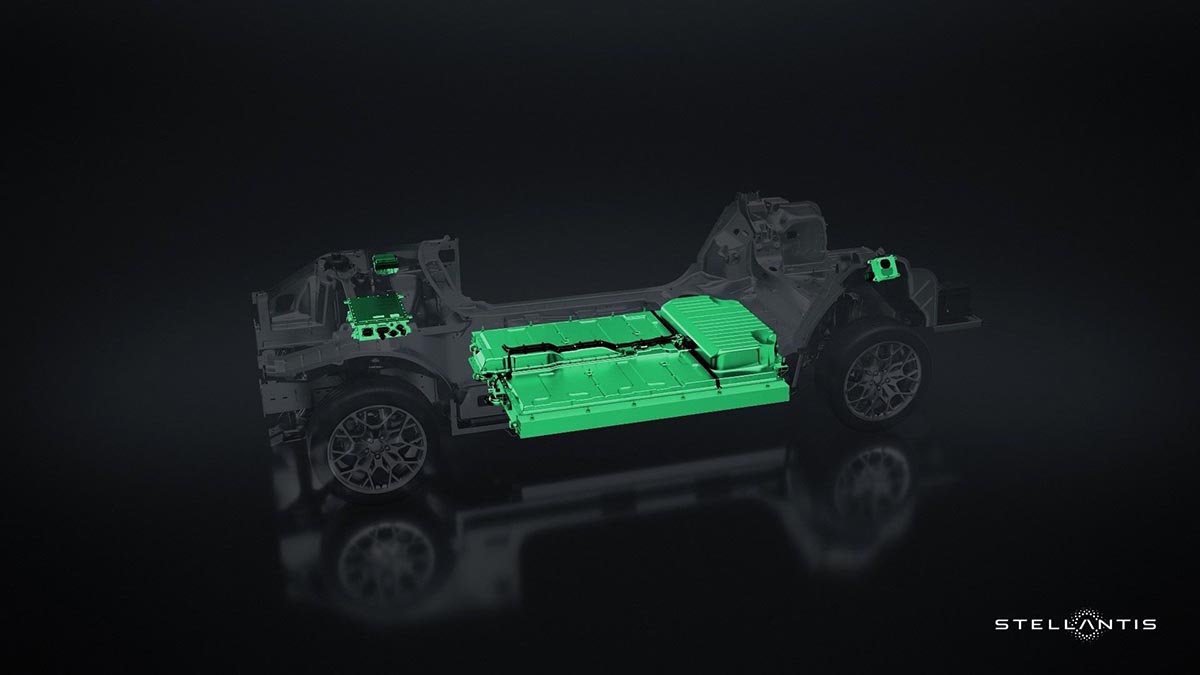In a growing electric vehicle market, every innovation counts. Factorial, a name still unknown to the general public, could however play a major role in the future of electric mobility. Specializing in the development of new generation batteries, this young company attracted the attention of the giant Stellantis, known for its brands such as Peugeot, Citroën and Fiat. A strategic collaboration was thus put in place, with the aim of revolutionizing the autonomy of electric cars.
The reasons for this partnership are clear: Factorial offers battery technology that could double the current range of electric vehicles, a promise that could well shake up the industry. For Stellantis, partnering with an innovative player allows it to strengthen its position in the electric car market, by responding to one of the main concerns of consumers: autonomy. Indeed, greater autonomy is a decisive factor in encouraging the mass adoption of electric vehicles.
With this alliance, Factorial aims to accelerate technological innovation in the battery sector while benefiting from Stellantis’ industrial expertise. The group thus hopes to differentiate itself from its competitors by offering models with greatly improved autonomy, meeting the expectations of modern drivers.
Doubled autonomy: a major technological advance
At the heart of this collaboration is an innovation that could redefine industry standards: a battery capable of double the range of electric vehicles current. Through advanced materials research and innovative design, Factorial is developing technology that could transform the way we perceive electric mobility.
This new battery is based on more efficient materials and optimized energy management, allowing more power to be stored in an equivalent volume. Compared to conventional lithium-ion batteries, this innovation promises not only increased autonomy, but also improved durability and safety. The potential impact on the market is immense, offering a solution to drivers who are still hesitant to take the step towards electric due to current limitations.
Faced with ongoing innovations from other manufacturers, Factorial’s technology could become a significant asset for Stellantis, allowing it to offer models with superior energy performance, while controlling production costs. If Factorial’s promises are confirmed, this could mark a decisive turning point in the evolution of electric cars.
The implications for Stellantis and the electric vehicle market
For Stellantis, this partnership with Factorial could well represent a decisive strategic advantage in the race for electric mobility. By integrating this new battery technology into its future models, the group could offer vehicles capable of traveling long distances on a single charge, while maintaining high level performance. This would allow Stellantis to clearly differentiate itself from its competitors, particularly in the SUV and electric sedan segment, where autonomy remains a crucial criterion for buyers.
With this innovation, Stellantis could also review its production strategy and its model offering. The gains in autonomy could not only convince a wider public to adopt electric vehicles, but also enable savings on charging infrastructure, by reducing the frequency of stops to recharge. This is therefore an advantage for both users and the environment, with more efficient and more environmentally friendly models.
The integration of this technology could also encourage other manufacturers to intensify their research so as not to be left behind. The competition is therefore likely to redouble its efforts to match or even surpass the performance promised by Factorial and Stellantis, which is excellent news for innovation and competitiveness in the sector.
A promising future for electric cars: challenges and prospects
If the technology developed by Factorial lives up to its promises, it could mark a real turning point in the history of electric vehicles. However, several challenges remain to be overcome for mass adoption of this innovation. Among them, the large-scale production of these new batteries, their cost, and the ability to maintain stability in terms of quality and performance.
However, the future prospects for electric cars look promising. With double the range, these vehicles could become a real alternative to combustion engines for a majority of drivers. In addition, increased range would make it possible to reduce dependence on charging infrastructure, thus facilitating the growth of electric cars in less well-equipped areas. Consumer expectations, who are increasingly looking for clean and practical mobility solutions, should encourage manufacturers to accelerate their efforts to integrate these technologies into their models.



